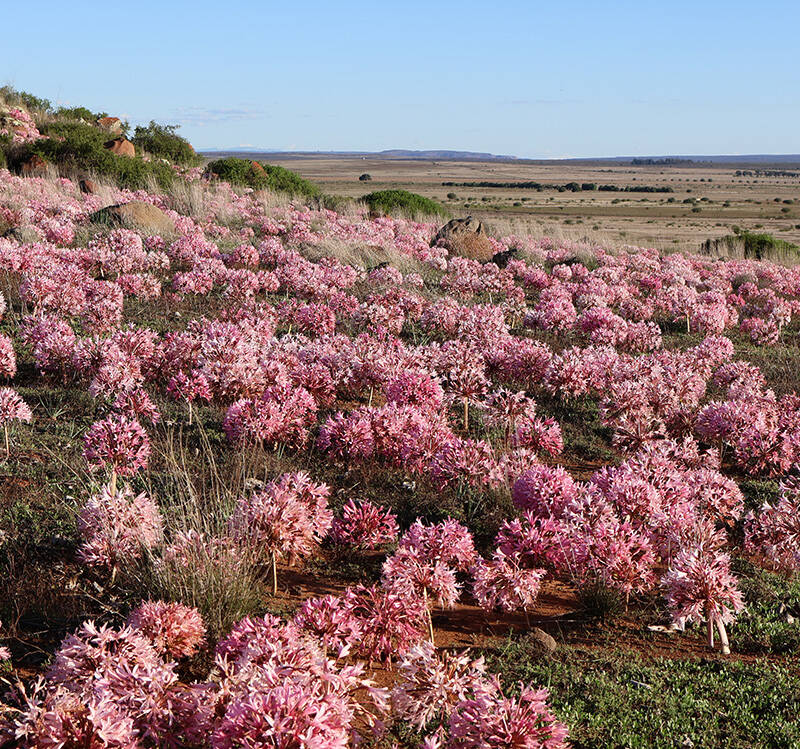Bluebells, Hyacinthoides non-scripta: Fairy Flowers
Emily Brontë had the last word on English bluebells when she wrote “a fine and subtle spirit dwells in every little flower.”
Less than 200 years later, the English bluebells Brontë thought of as her “fairy flowers” are under attack. Though they are extremely hardy under the proper conditions, deforestation has meant fewer shady places for bluebells to grow, and frequent flower picking (don’t look at us) has depleted their numbers. Digging up wild bluebells to sell them is punishable with a fine up to 5,000 euros. Per bulb.
Photography by Britt Willoughby Dyer.
Above: In woodlands, English bluebells grow companionably with wild garlic.
Bluebells are beautiful ground cover in fields by themselves; or, mix with yellow spring-bloomers like daisies and daffodils for striking contrast.
Above: Shade-loving and a good ground cover, English bluebells’ strong and sweet scent attracts bees.
Cheat Sheet
- Bluebells are quick growers with lots of foliage. Trim back the leaves before each growing season.
- Plant bluebells with wild garlic; the white powder puff flowers will take over in April after the bluebells fade.
- Do not confuse English bluebells with Spanish bluebells; Hyacinthoides hispanica is invasive and chokes out its gentler cousin.
Above: Photograph by Jean Jones via Flickr.
Keep It Alive
- Bluebells are partial to full shade.
- Water thoroughly the first few seasons when ground feels dry.
- Plant bulbs in autumn.
- Each mature plant is about a foot in diameter, so a patch of English bluebells needs plenty of space.
Above: Bluebells flourish in Standish Wood, currently owned by the National Trust, which some centuries ago belonged to the Baron of Sherbourne.
N.B. Interested in more of our favorite bulbs for naturalizing? Our Bulbs and Tubers 101: A Guide to Planting, Care, and Design can help. See:
















Have a Question or Comment About This Post?
Join the conversation (0)